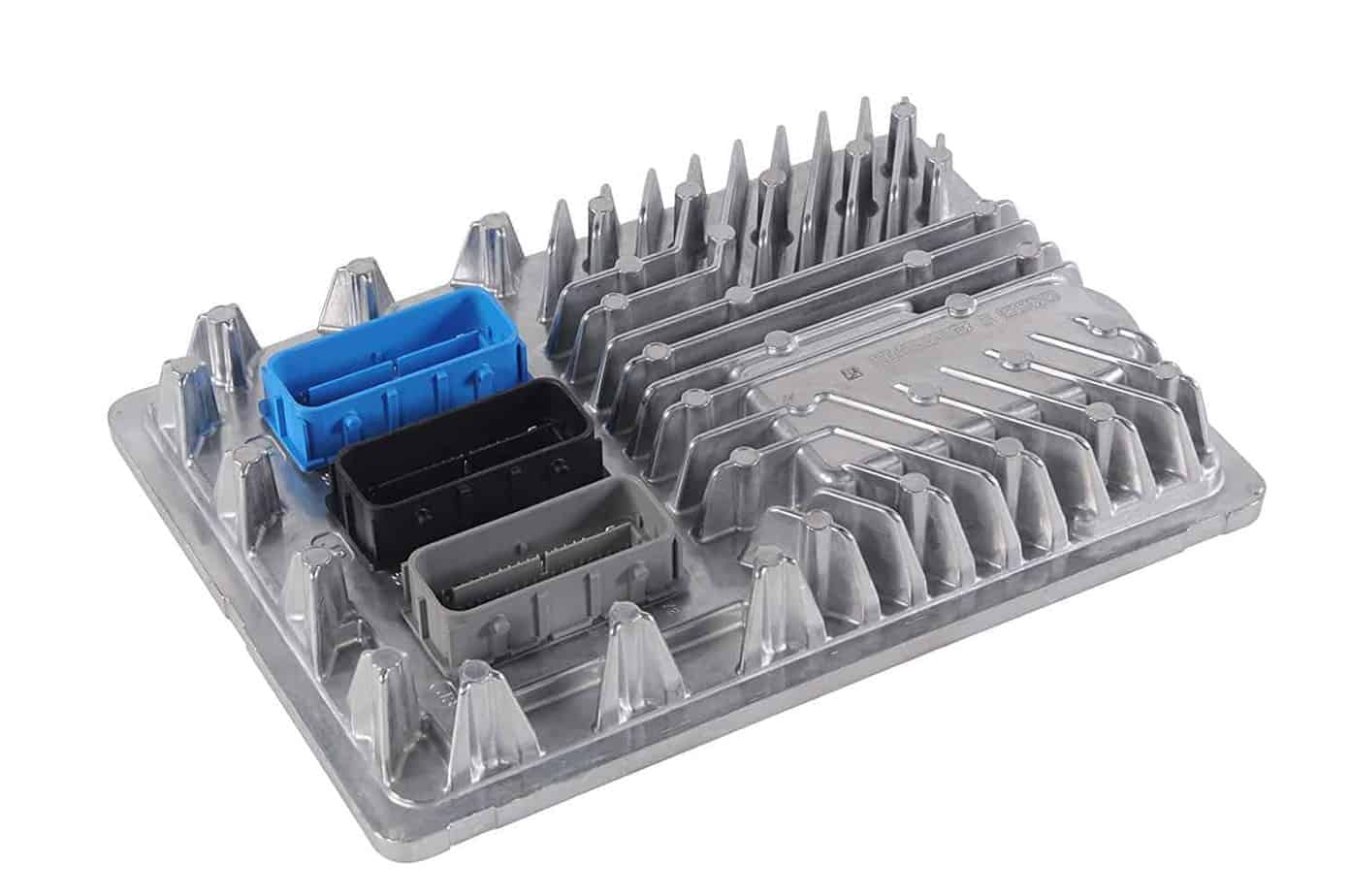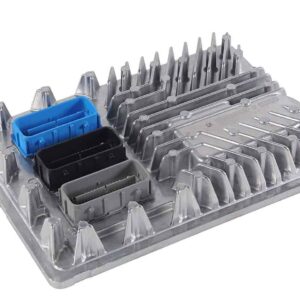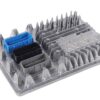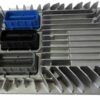Restore Your GM Truck’s Core Performance and Reliability
Is your 2017 Tahoe or other GM vehicle acting up? Dealing with a frustrating no-start condition, a persistent check engine light, or erratic engine performance can sideline your daily driver and become a major headache. As a technician with over two decades of experience under the hood, I’ve seen firsthand how a failing Engine Control Module (ECM) can cause a cascade of confusing problems. This isn’t just a part; it’s the central computer of your engine, and when it fails, your vehicle’s reliability is compromised. That’s why we offer this direct-fit 2017 Tahoe Engine Control Module, professionally programmed to your vehicle’s specific VIN, to provide a dependable and straightforward solution.
Case Study: A Tricky Diagnosis
I remember a 2017 Silverado that came into my shop with an intermittent no-start and a U0100 (Lost Communication with ECM) code that would come and go. The owner had already replaced the battery and checked the grounds. After hours of tracing wires, we found no issues. On a hunch, we connected a scope to the ECM’s power and data lines. We discovered that internal voltage regulation within the module was dropping out when it got hot. Swapping in a pre-programmed ECM like this one solved the problem in under an hour. This experience highlights how a faulty module can mimic other issues, making a reliable replacement the key to an accurate and lasting repair.
Is Your GM Vehicle Showing These ECM Failure Signs?
A failing ECM can manifest in various ways. If you’re experiencing any of the following, it might be time for a replacement. Catching it early can prevent further damage and more costly repairs down the line.
- ✔ Vehicle will not start or has trouble starting.
- ✔ Persistent Check Engine Light (CEL) is illuminated.
- ✔ Diagnostic Trouble Codes (DTCs) related to internal module failure, such as P0601, P0606, or P060A.
- ✔ Communication errors with scan tools or other modules (U-codes).
- ✔ Poor fuel economy and engine performance, including misfires or stalling.
- ✔ Erratic automatic transmission shifting.
The Smart Solution: A VIN-Programmed Module
Why choose our 2017 Tahoe Engine Control Module? We take the guesswork and expense out of the equation. A new, blank module from the dealership requires costly programming with specialized equipment. We handle that for you. Simply provide your vehicle’s VIN at checkout, and we will program the module with the latest, most stable software updates directly from GM. This ensures that your engine’s parameters, fuel delivery, and emissions controls are calibrated exactly as the manufacturer intended for your specific vehicle.
A Straightforward Guide to Installation
While professional installation is always an option, a confident DIYer can handle this job. The most critical part is performing the post-installation relearn procedures.
- Safety First: Always disconnect the negative terminal from your vehicle’s battery before starting any electrical work.
- Locate the ECM: On most GM trucks and SUVs like the Tahoe, the ECM is located in the engine compartment on the driver’s side (LH front).
- Disconnect and Remove: Carefully unplug the wiring harness connectors. They have locking tabs that must be released. Then, unbolt the module from its mounting bracket.
- Install the New Module: Mount the new, pre-programmed ECM and securely reconnect the wiring harnesses. Ensure they click into place.
- Reconnect the Battery: Reattach the negative battery terminal.
- CRITICAL – Perform Relearns: The vehicle may not start until a Vehicle Theft Deterrent Relearn is performed using a compatible scan tool with access to GM’s Tis2web or Techline Connect service. Other procedures, like a Crankshaft Position Variation Relearn, may also be required for optimal performance. This is the responsibility of the installer.
Verified Fitment for Your GM Vehicle
This module is a direct replacement for part number 12678815 and is interchangeable with part numbers 12692068, 12704476, 12686382, 12674052, and 12674472. It fits a wide range of GM models:
- ✔ Cadillac ATS (2017): 3.6L (VIN Y, LF4)
- ✔ Cadillac CTS (2017): 3.6L Twin Turbo (VIN 8, LF3) & 6.2L Supercharged
- ✔ Cadillac Escalade / ESV (2017)
- ✔ Cadillac XTS (2017): 3.6L (VIN 8, LF3)
- ✔ Chevrolet Corvette (2017)
- ✔ Chevrolet Silverado 1500 (2016-2018)
- ✔ Chevrolet Suburban 1500 (2017)
- ✔ Chevrolet Tahoe (2017)
- ✔ GMC Sierra 1500 / Denali 1500 (2016-2018)
- ✔ GMC Yukon / Yukon XL 1500 (2017)
Frequently Asked Questions
Why do you need my VIN?
Your Vehicle Identification Number (VIN) allows us to load the exact GM-specified software for your vehicle’s engine, transmission, and options. This ensures perfect compatibility and performance, saving you a trip to the dealership for programming.
What is a Vehicle Theft Deterrent Relearn?
It is a security procedure that syncs the new ECM to your vehicle’s ignition key and security system. Without this step, the system will prevent the engine from starting. This requires a professional scan tool with access to GM’s online service portal.
Can I do the theft relearn myself?
Typically, this procedure requires professional-grade tools like a GM MDI or a high-end pass-thru device with a subscription to GM’s Techline Connect (formerly Tis2web). Most DIY code readers cannot perform this function.
Is this module difficult to install?
The physical replacement is straightforward—usually just a few bolts and electrical connectors. The main challenge is ensuring you or your mechanic can perform the necessary electronic relearn procedures after installation.
Will this fix my specific problem?
This module corrects issues directly caused by a failing ECM, such as internal processor faults (P0606) or communication errors (U0100). Proper vehicle diagnosis is essential to confirm the ECM is the root cause of your symptoms before ordering.
What other part numbers does this replace?
This ECM, part number 12678815, is a direct replacement for several other GM part numbers, including 12692068, 12704476, 12686382, 12674052, and 12674472, ensuring wide compatibility.



